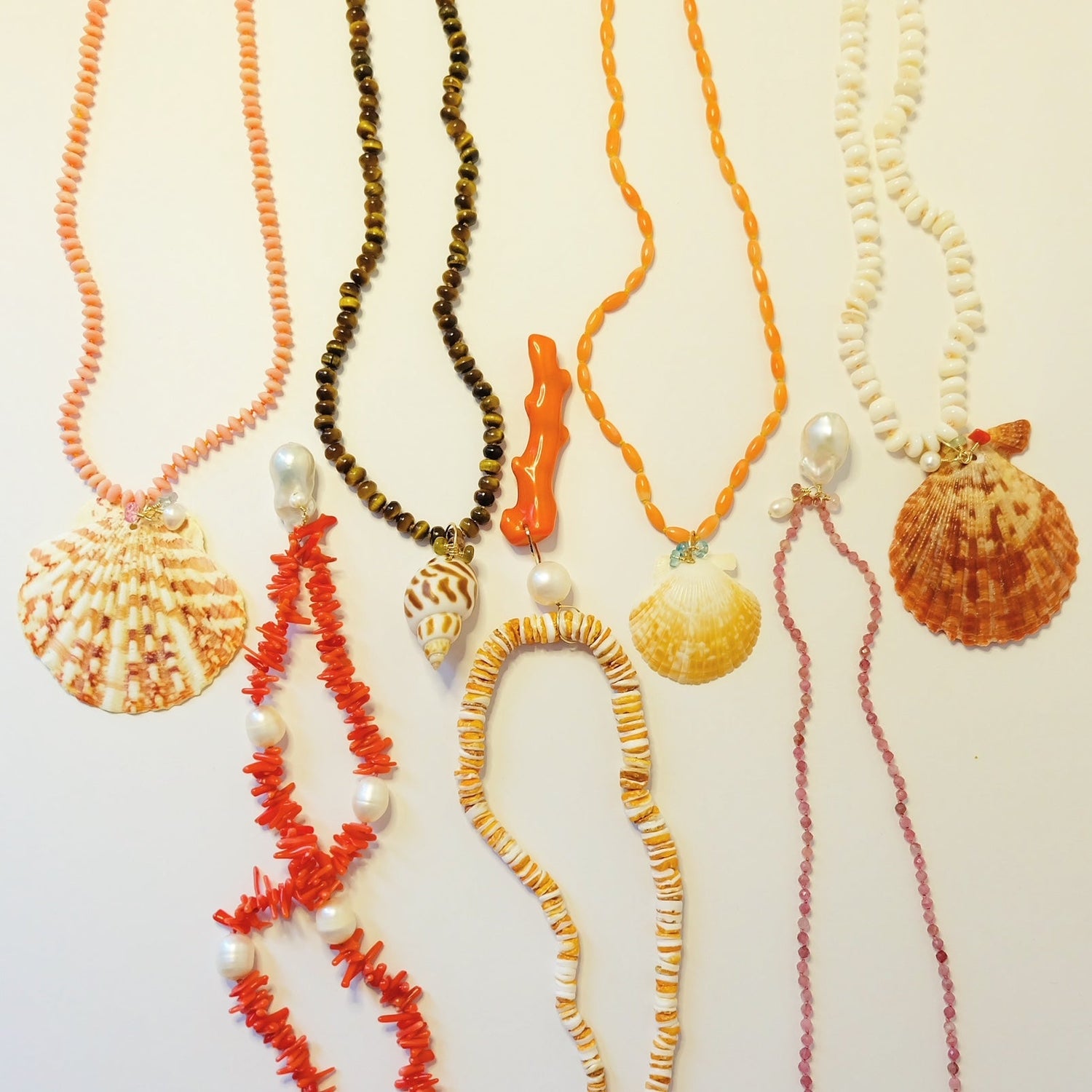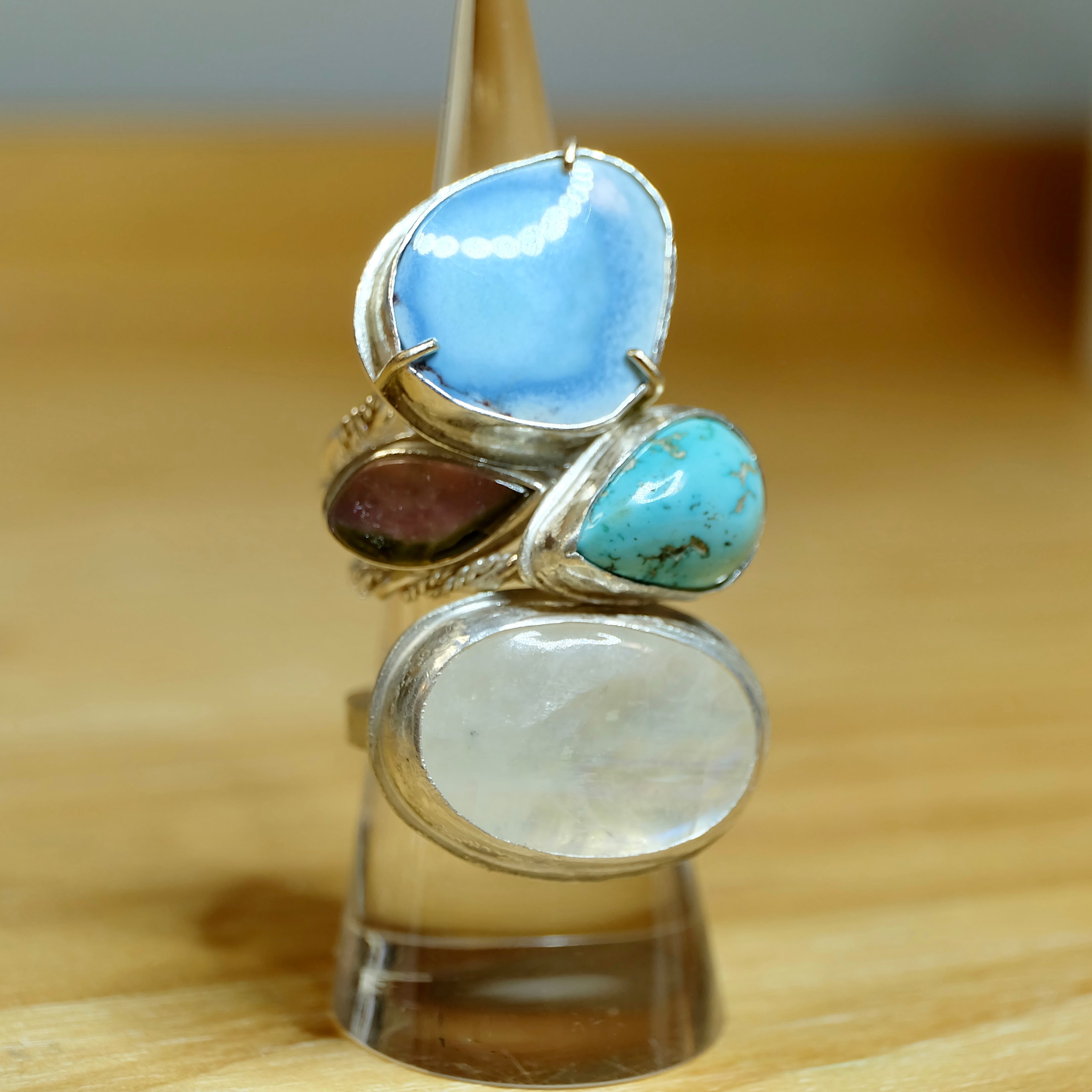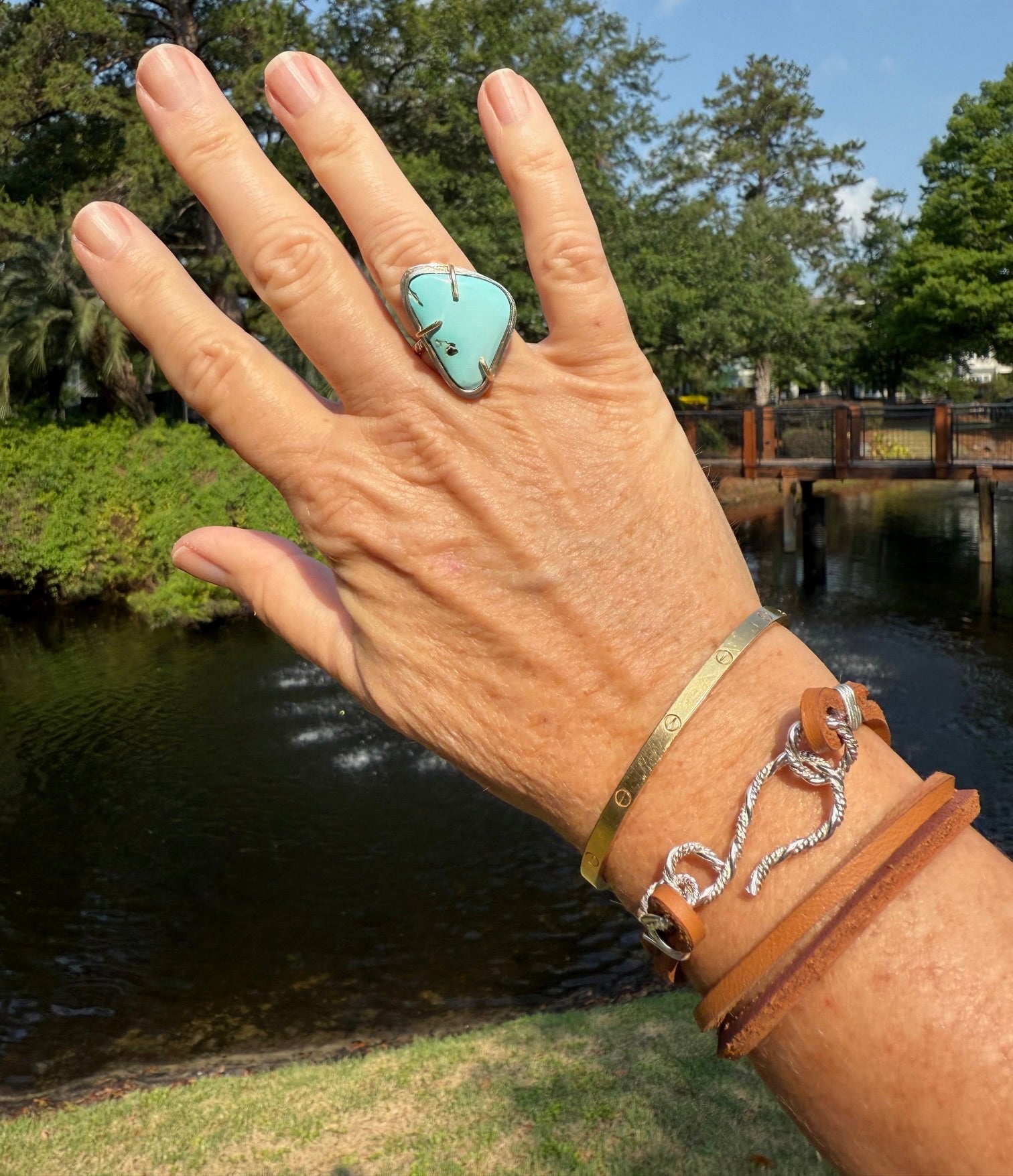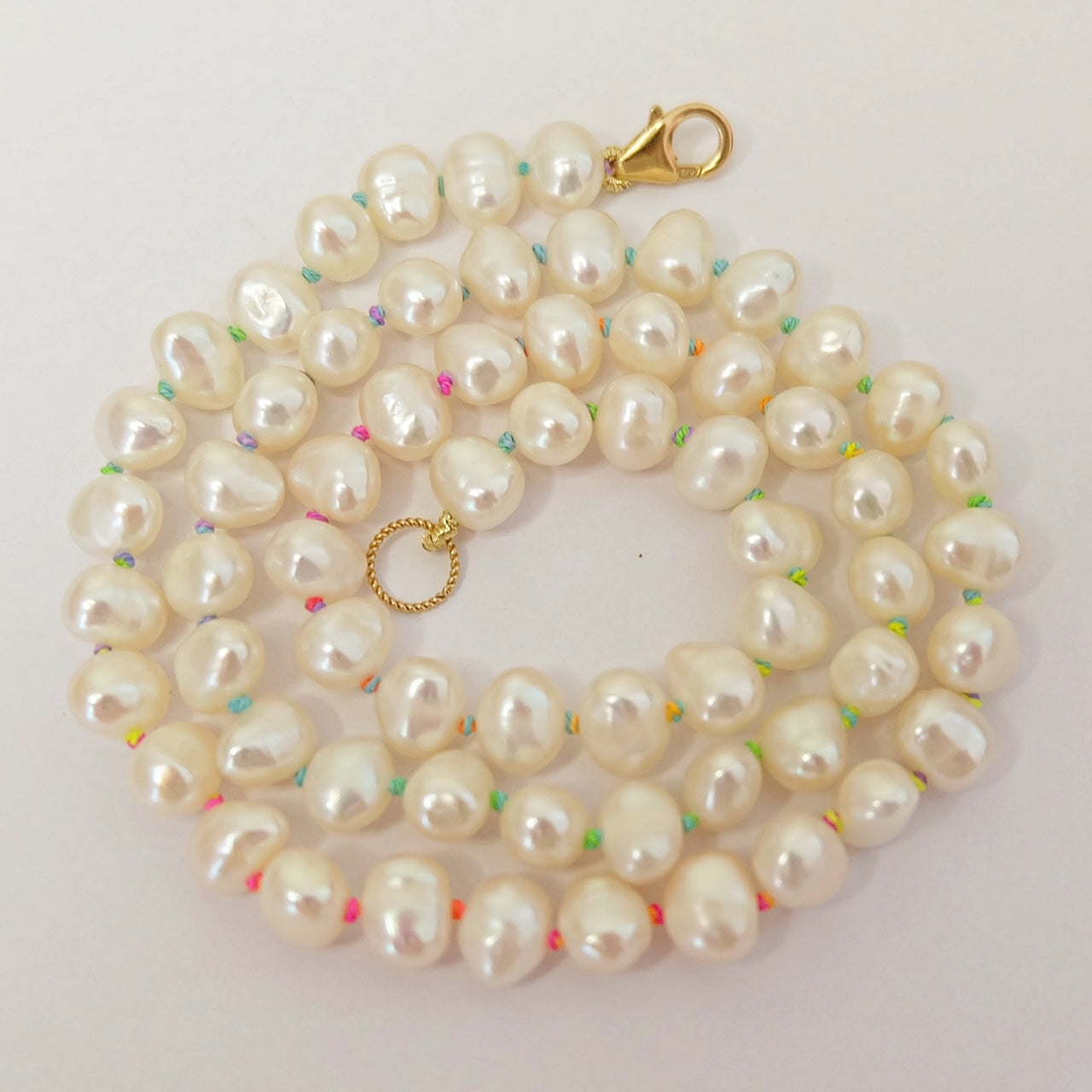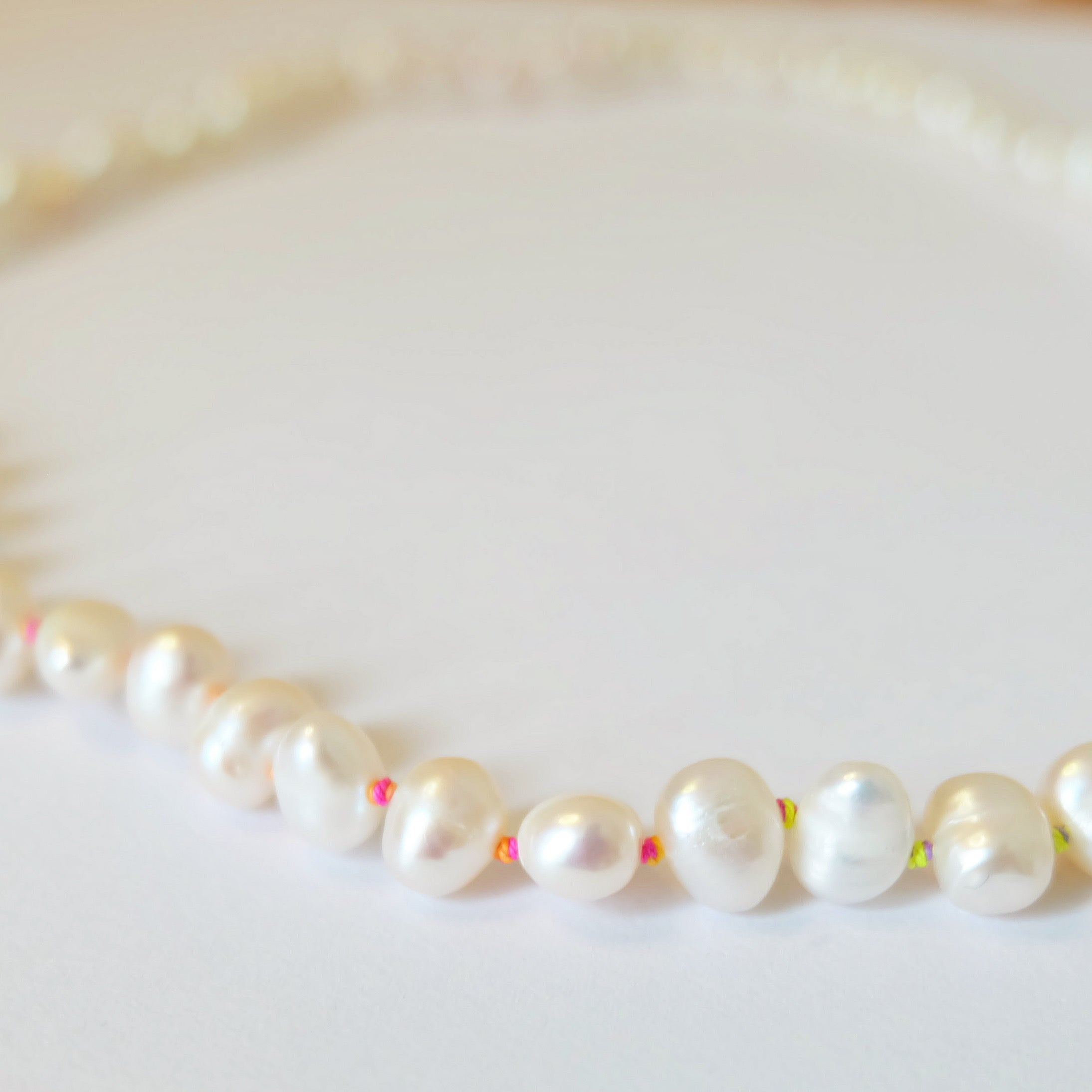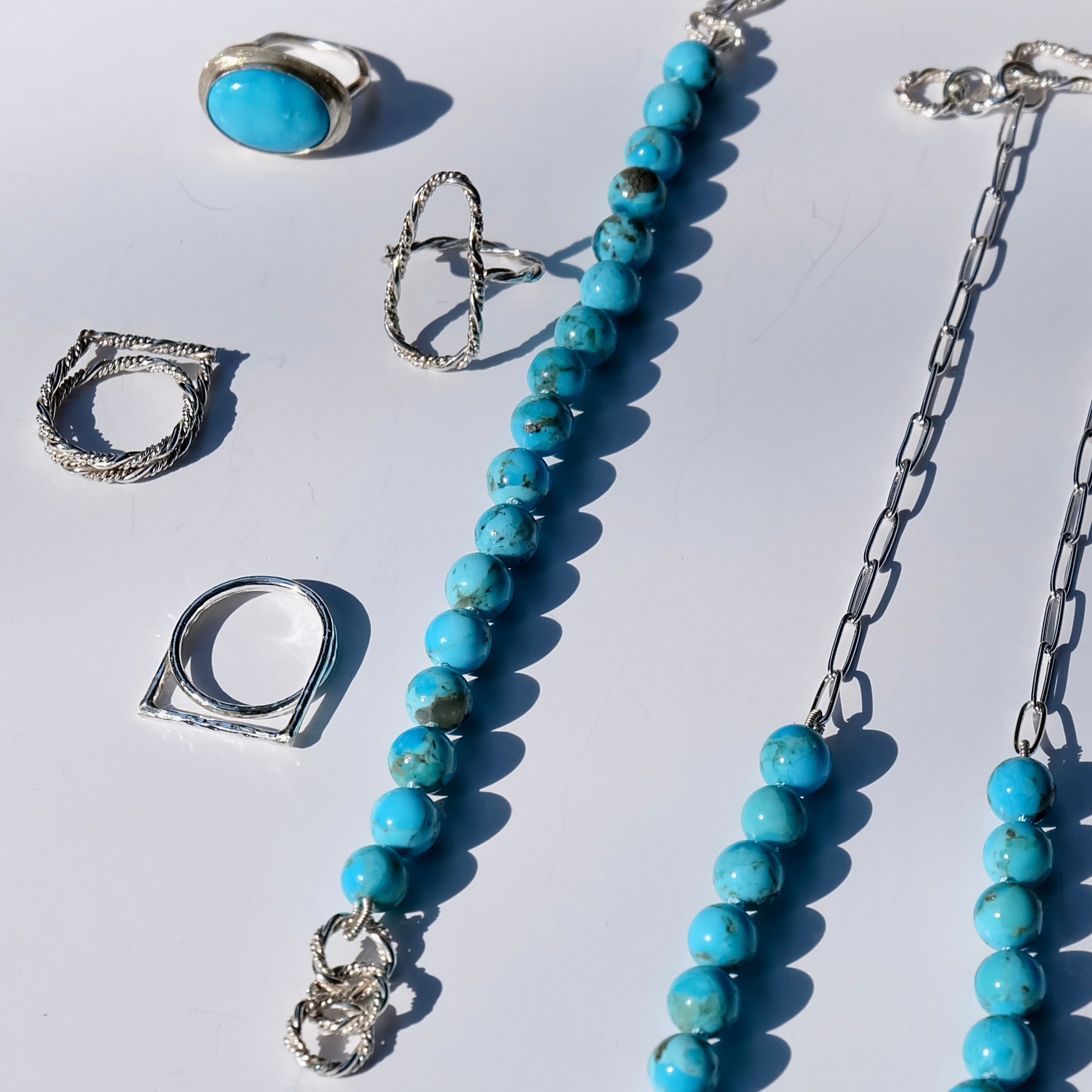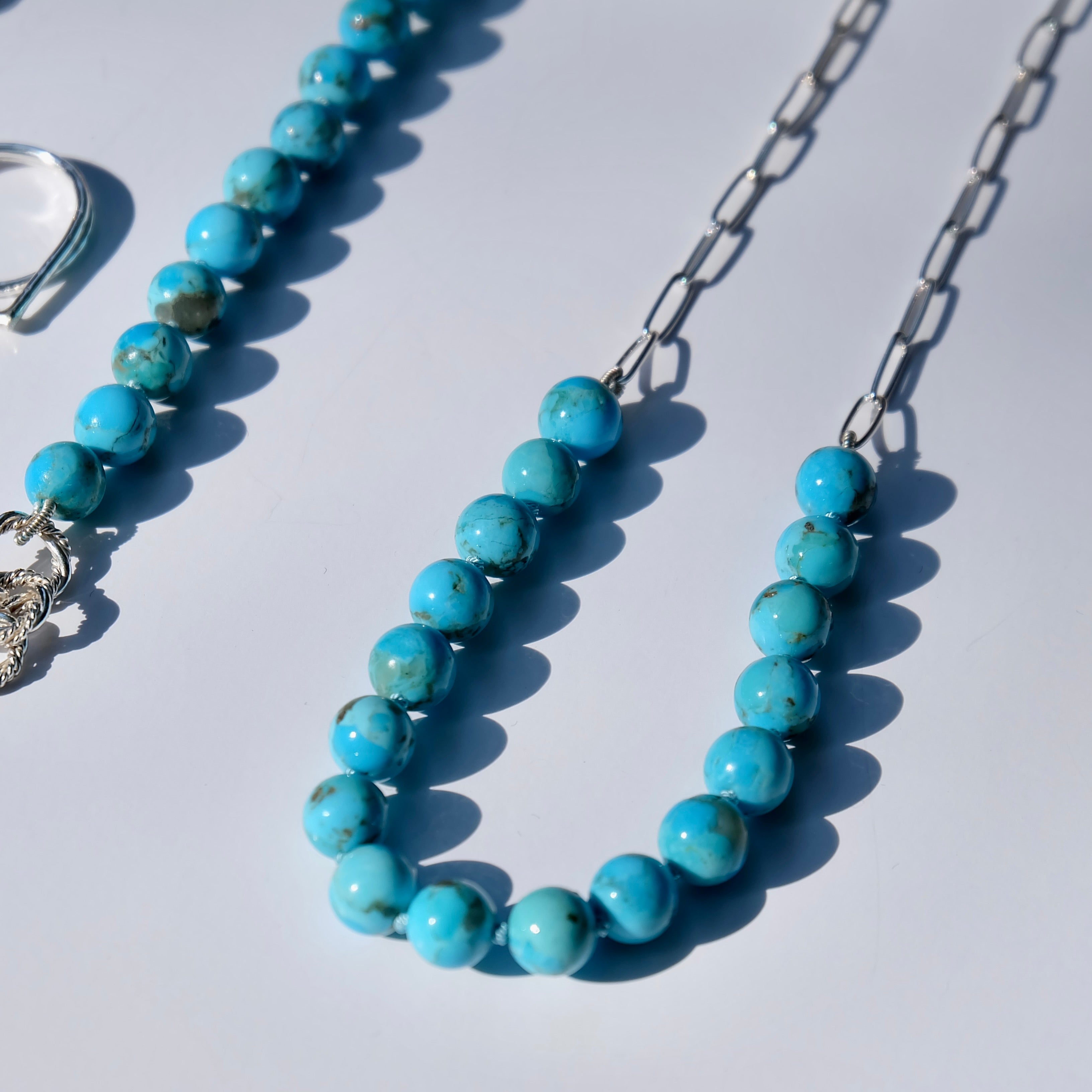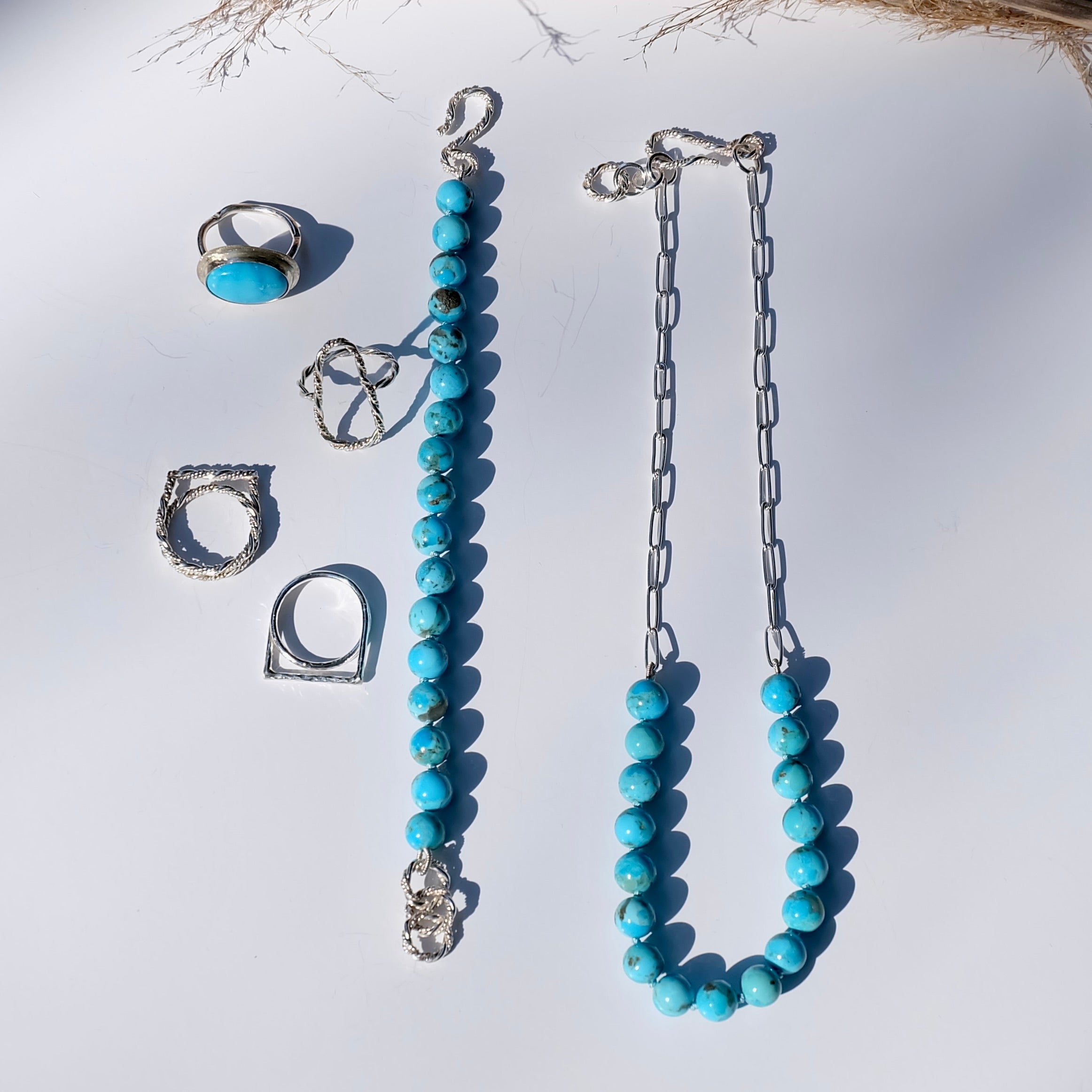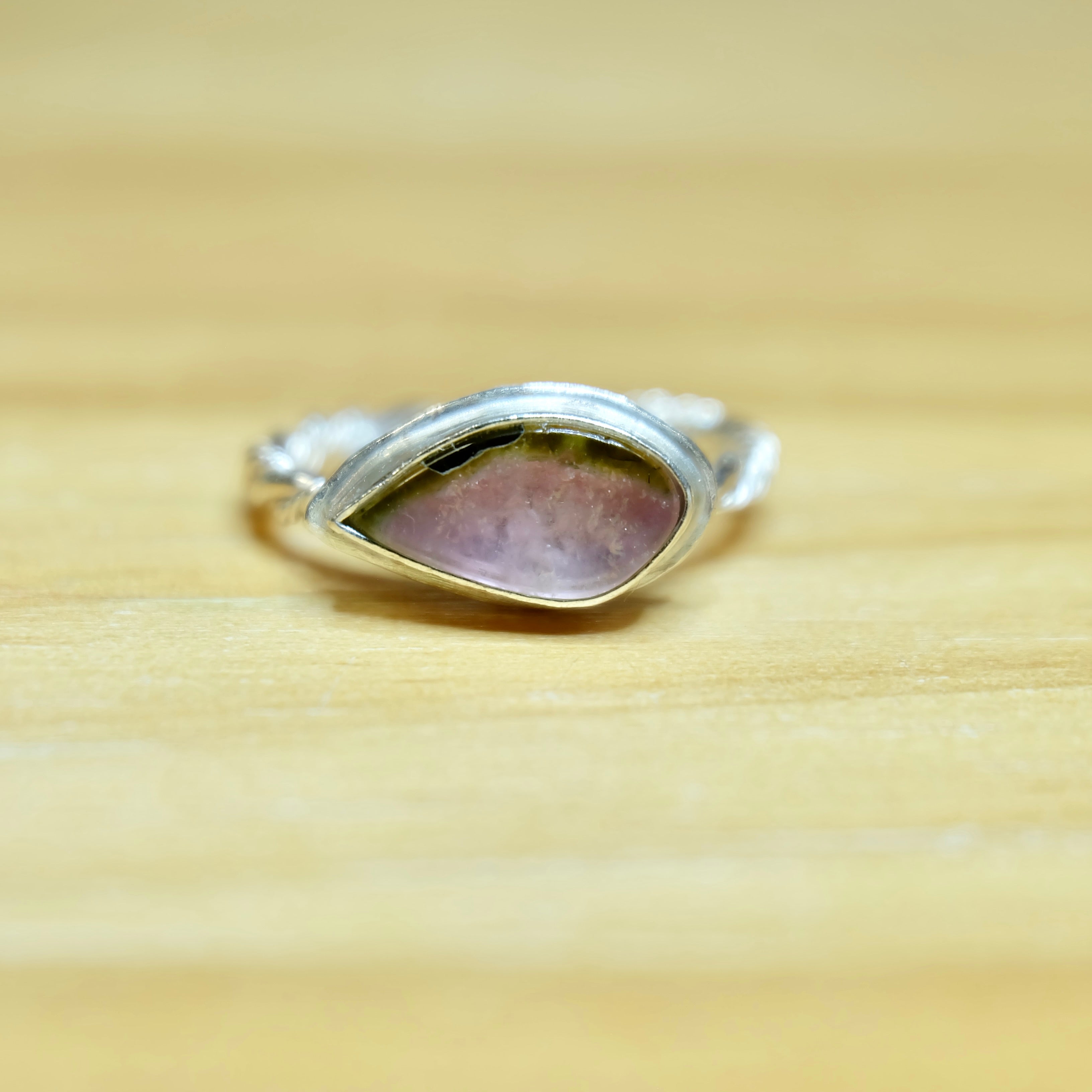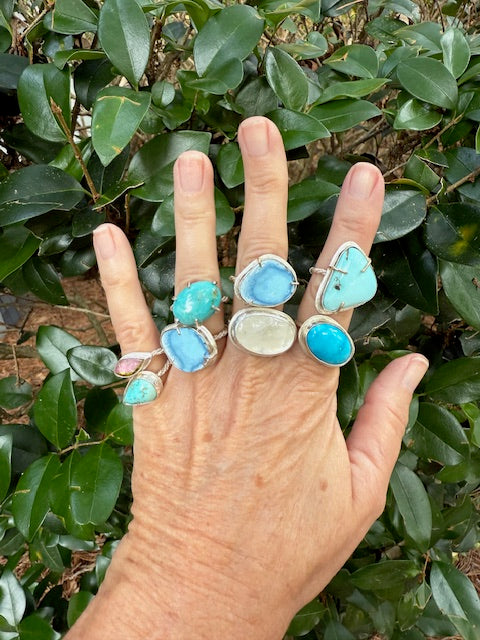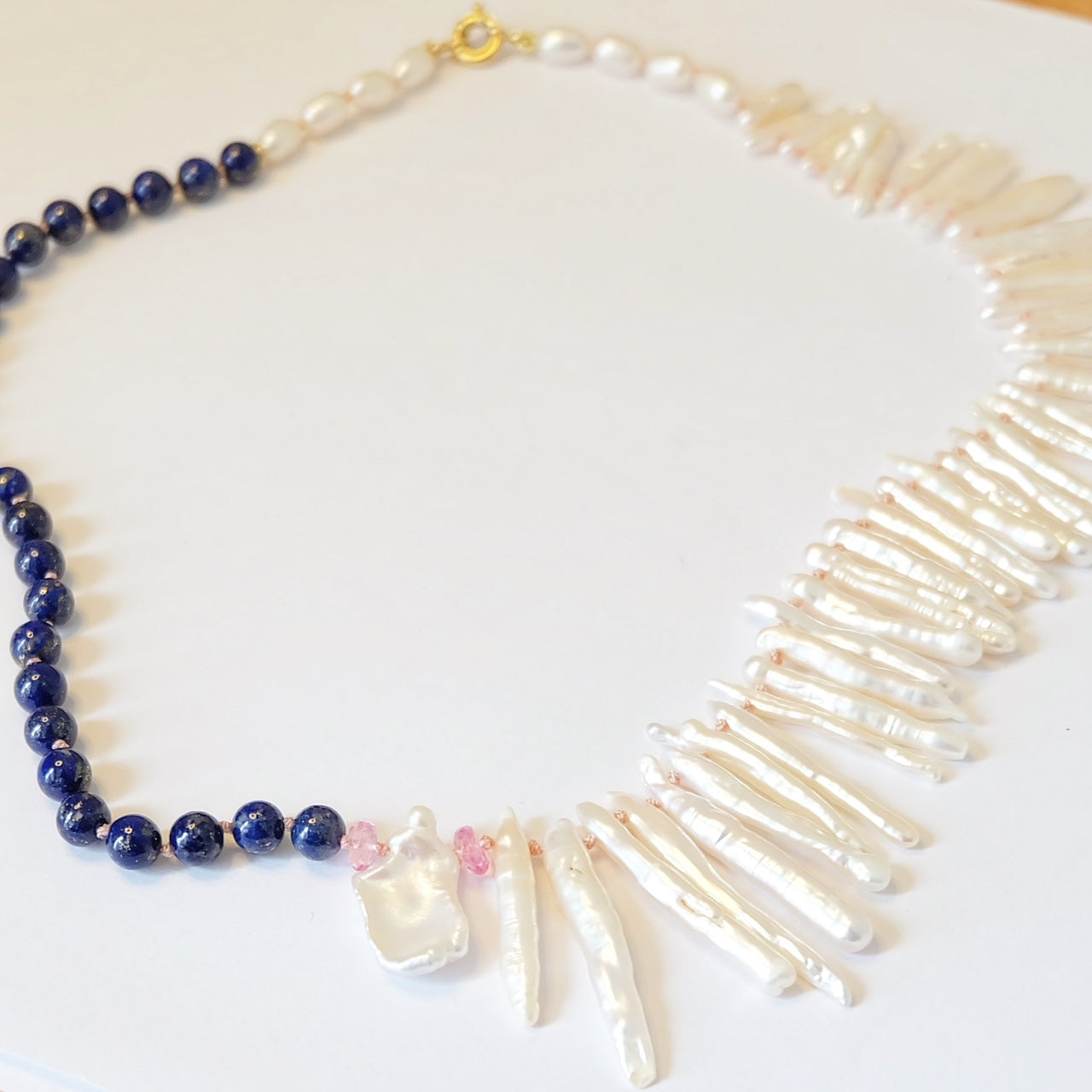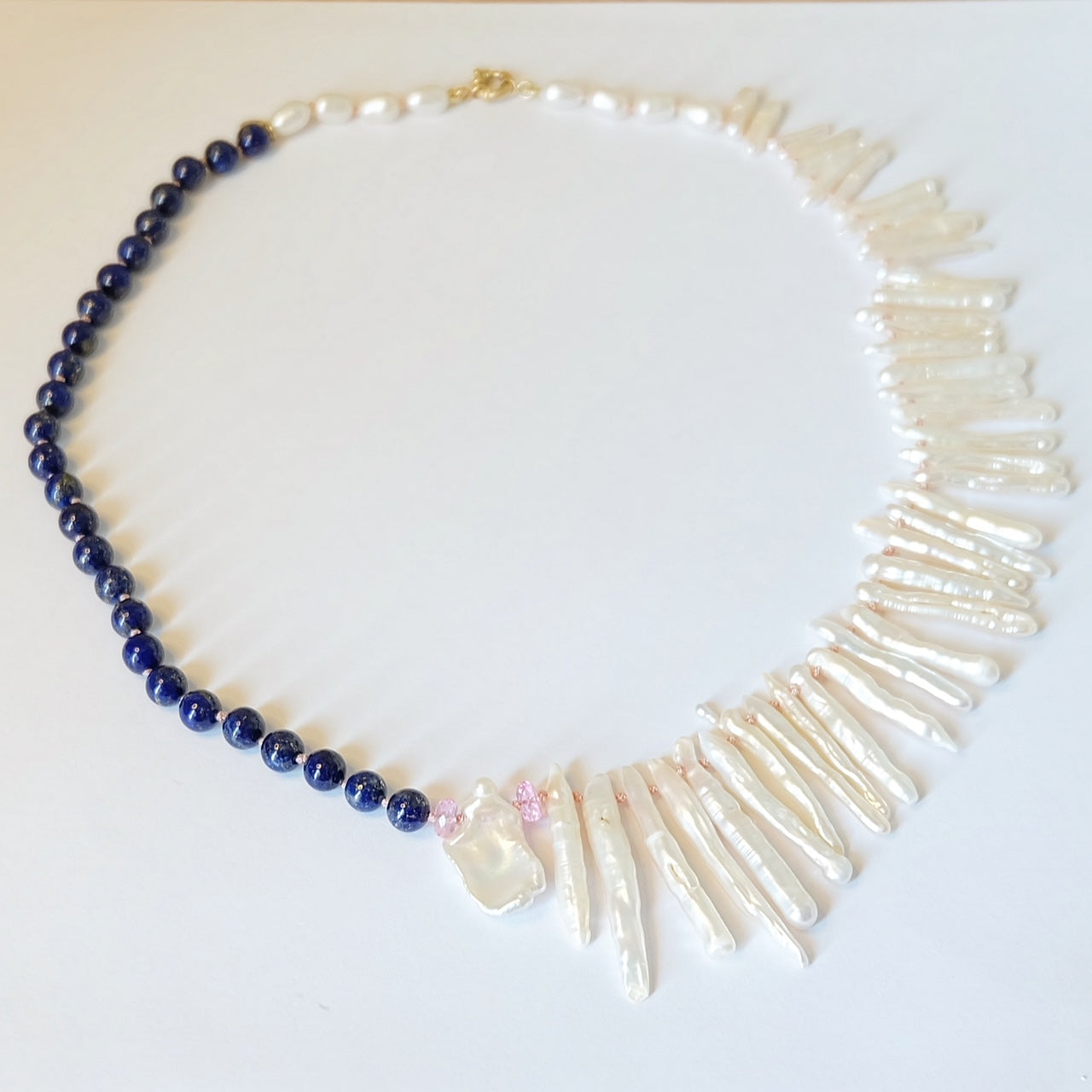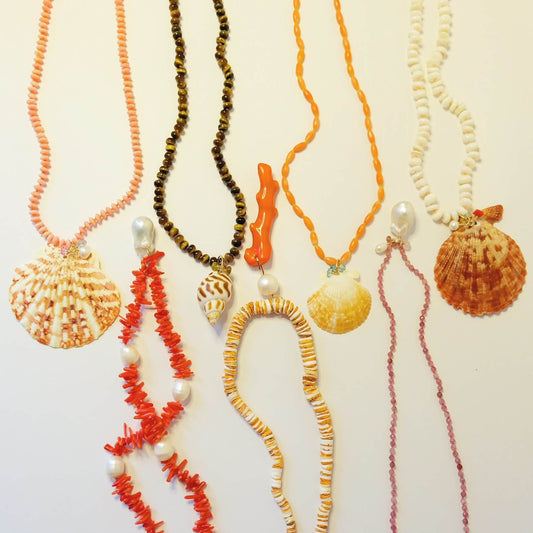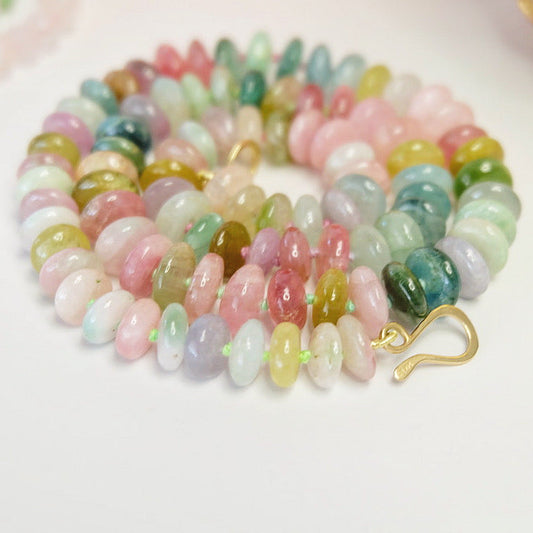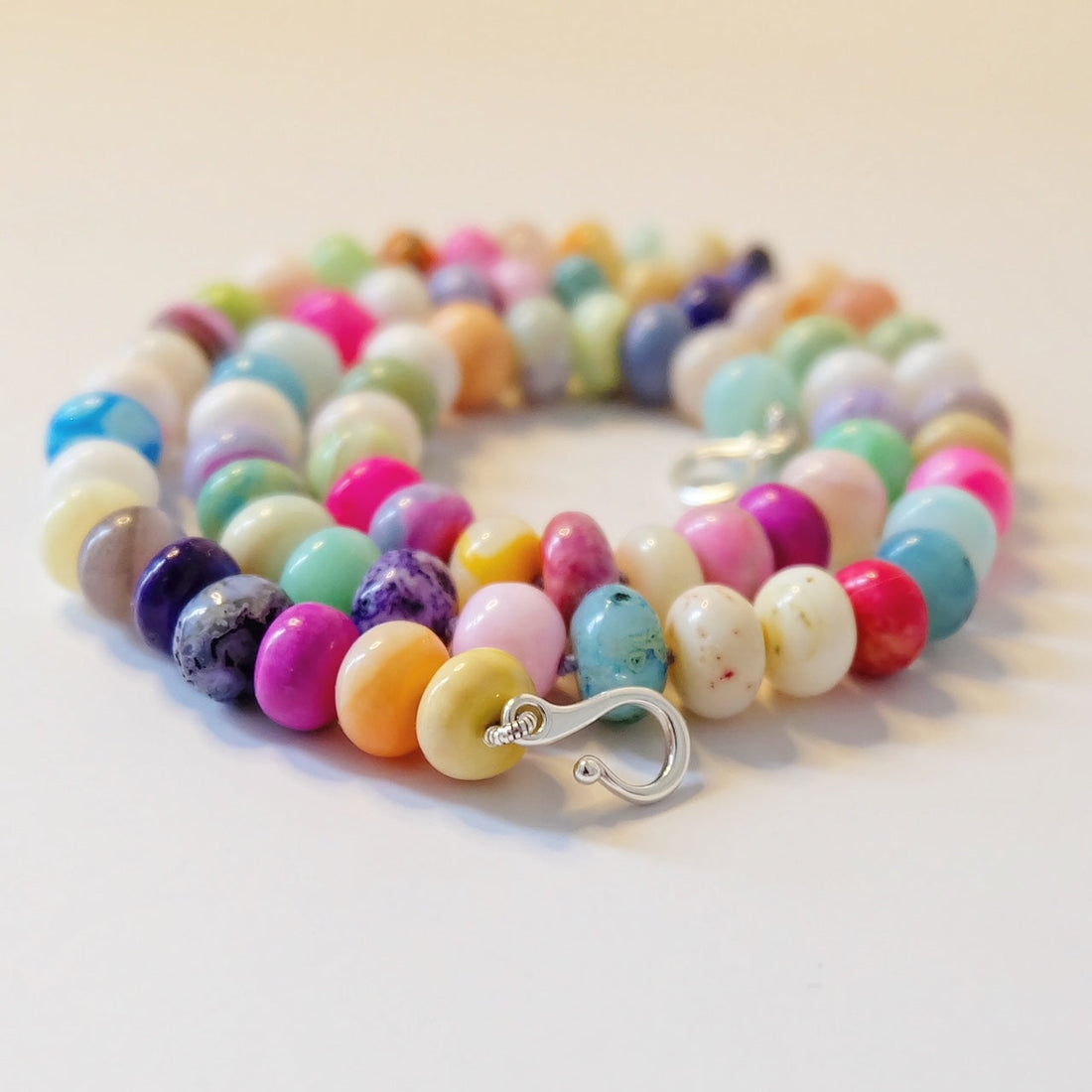
Difference Between Argentium & Sterling Silver
Share
Understanding Argentium Silver: What Makes It Unique
Argentium Silver is a modern silver alloy that has revolutionized the way we think about silver jewelry and accessories. Unlike traditional sterling silver, which is composed of 92.5% silver and 7.5% other metals (usually copper), Argentium Silver contains a higher percentage of pure silver and replaces some of the copper with germanium.
The addition of germanium gives Argentium Silver several unique properties, such as increased tarnish resistance, improved durability, and a brighter, whiter appearance. This makes it an appealing choice for those who want the beauty of silver without the maintenance typically associated with it.
The Classic Appeal of Sterling Silver
Sterling Silver has been a beloved material for centuries, known for its timeless elegance and versatility. Composed of 92.5% pure silver and 7.5% other metals, usually copper, sterling silver is renowned for its luster and bright finish.
and versatility. Composed of 92.5% pure silver and 7.5% other metals, usually copper, sterling silver is renowned for its luster and bright finish.
Handmade Links
Explore our Silver Link Necklace
Its classic appeal lies in its ability to be crafted into a wide range of jewelry and decorative items. Despite its tendency to tarnish over time, many people appreciate the patina that develops on sterling silver, giving it a unique and vintage look.
Durability and Tarnish Resistance: How Argentium Stands Out
One of the standout features of Argentium Silver is its superior tarnish resistance compared to traditional sterling silver. The presence of germanium forms a protective oxide layer on the surface, which significantly reduces tarnishing.
In addition to its resistance to tarnish, Argentium Silver is also more durable than sterling silver. It is less prone to scratching and denting, making it a practical choice for everyday wear and use.
Comparing Cost and Value: Which Offers More Bang for Your Buck?
When it comes to cost, Argentium Silver tends to be more expensive than traditional sterling silver due to its enhanced properties and the additional cost of germanium. However, many consider the extra expense to be worth it because of the reduced maintenance and longer-lasting beauty of Argentium Silver.
germanium. However, many consider the extra expense to be worth it because of the reduced maintenance and longer-lasting beauty of Argentium Silver.
Sterling Silver, while more affordable, requires regular cleaning and care to maintain its appearance. For those on a budget or who appreciate the patina that develops over time, sterling silver remains a valuable option.
Making the Best Choice: Argentium vs. Sterling Silver for Your Needs
Choosing between Argentium and Sterling Silver ultimately depends on your personal preferences and how you plan to use the item. If you prefer low-maintenance, highly durable jewelry with a bright and consistent appearance, Argentium Silver is an excellent choice.
On the other hand, if you appreciate the classic appeal, affordability, and the unique patina that develops on sterling silver, then traditional sterling silver may be the better option for you. Consider your lifestyle, budget, and aesthetic preferences when making your decision.
What is Argentium Silver?
Argentium silver is a modern silver alloy that contains a higher percentage of pure silver compared to traditional sterling silver. It is composed of 93.5% silver, with the remaining 6.5% made up of other metals, including germanium. This unique composition gives Argentium silver several advantages over sterling silver.
composition gives Argentium silver several advantages over sterling silver.
When it comes to choosing the perfect metal for your jewelry pieces, the debate between Argentium silver and sterling silver is a common one. While both are popular choices, there are distinct advantages to using Argentium silver that make it stand out in the world of jewelry making.
What sets Argentium silver apart?
Argentium silver is a modern take on traditional sterling silver, with the addition of germanium that gives it unique properties. This innovative alloy is highly tarnish-resistant, making it the ideal choice for jewelry that needs to maintain its shine over time. In fact, Argentium silver is known to be up to 7.5 times more tarnish-resistant than traditional sterling silver.
Why is Argentium silver better for jewelry?
One of the main reasons why Argentium silver is preferred in jewelry making is its superior durability. With a higher purity level than sterling silver, Argentium silver is more resistant to scratches and dents, ensuring that your jewelry pieces will last for years to come. Additionally, the bright white color of Argentium silver makes it a perfect choice for showcasing gemstones and other precious materials.
How does Argentium silver benefit the wearer?
Not only is Argentium silver better for jewelry makers, but it also offers benefits to the wearer. The hypoallergenic properties of Argentium silver make it a great choice for those with sensitive skin, as it is less likely to cause irritation or allergic reactions. This makes Argentium silver jewelry a comfortable and stylish option for everyday wear.
Overall, the unique properties of Argentium silver make it a superior choice for jewelry making. Its tarnish resistance, durability, and hypoallergenic qualities set it apart from traditional sterling silver, making it the perfect metal for creating high-quality, long-lasting jewelry pieces.
What is Sterling Silver?
Sterling silver, on the other hand, is an alloy made up of 92.5% silver and 7.5% other metals, usually copper. This combination is what gives sterling silver its durability and strength, making it a popular choice for jewelry making for centuries.
Key Differences
One of the main differences between Argentium silver and sterling silver is their tarnish resistance. Argentium silver is highly tarnish-resistant due to the presence of germanium, which forms a protective layer on the surface of the metal. Sterling silver, on the other hand, is more prone to tarnishing and requires regular polishing to maintain its shine.
Another key difference is the hypoallergenic properties of Argentium silver. The higher silver content and lack of nickel in Argentium silver make it a great choice for those with sensitive skin or metal allergies. Sterling silver, on the other hand, may contain nickel, which can cause skin irritation in some individuals.
While both Argentium silver and sterling silver are excellent choices for jewelry making, they have distinct characteristics that cater to different needs. Argentium silver offers superior tarnish resistance and hypoallergenic properties, making it a modern and innovative choice for jewelry designers. On the other hand, sterling silver has a long-standing reputation for its durability and classic appeal. Understanding the differences between these two types of silver can help you make an informed decision when selecting the right material for your next jewelry project.




